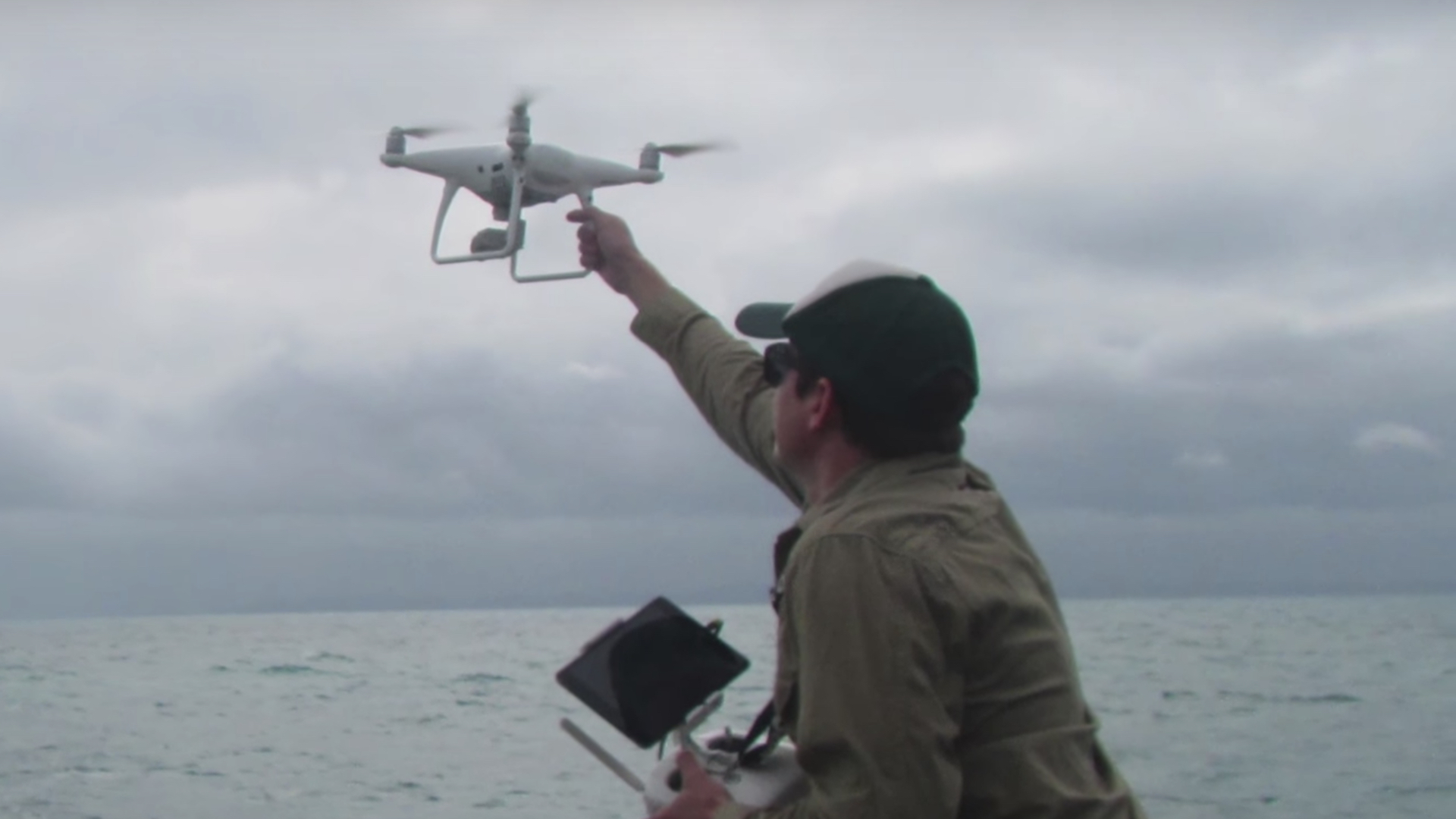

The Cape York Peninsula in Queensland, Australia is inhabited by the largest nesting population of flatback turtles on the continent. The Western Cape Turtle Threat Abatement Alliance annually collaborates with the local indigenous rangers to manually survey these animals, trekking nearly 155 miles (250km) to do so. According to ABC Australia, the conservation group is now using drones to make its dedicated mission more efficient.
The overarching goal here is to improve protection measures for these endangered turtles against dangerous predators such as feral pigs and crocodiles. Of course, with a bird’s-eye view so easily accessible through unmanned aerial vehicles, the rangers are also garnering a lot of other useful information.
“Rangers use the different turtle track characteristics left in the sand to determine species and numbers of marine turtle nesting sites,” explained program coordinator Kerri Woodcock. “They also monitor and record nest predation and hatching events.”
The drones put to use here come from a Cairns-based company called Droner. One of the pilots, Tom Watson, said the collected imagery and data has provided the environmentalist rangers with an incredible advantage against the predators endangering these turtles, and that utilizing UAVs as such is both time and cost-effective.
“Once the images are captured they can identify the turtle tracks and the species of turtles that are nesting there,” said Watson. “We basically make a polygon around certain beach areas. The rangers were able to help work out the pre-programmed flight paths before the drones are deployed into the air, and then the software runs itself.”
To rangers of yesterday, the modern implementation of drones as described above must simultaneously seem like a stunning technological achievement with huge, positive ramifications for environmentalist endeavors, and one that they’d desperately wished they had at their disposal back in their day. Woodcock explained that the easily collected aerial data was effectively helping rangers allocate resources intelligently and to better protect turtle nests from feral pigs.
Let’s take a look at this drone-infused turtle protecting in action, shall we?

“The main focus of rangers on the western cape is monitoring predation rates on those nests,” Woodcock explained. “It means we would only need to launch onto the beach if we needed to protect a particular nest and came across predator tracks. The drones can also help monitor feral pig tracks and the information can be used in our culling programs.” We’ve reported on the volatile combination of dangerous predators, drones, and the Australian continent before. This time, however, it isn’t sharks that the UAVs are protecting the locals from, but the equally dangerous crocodile population.
For the rangers on the ground, putting their lives at risk to save an endangered turtle species, the simple implementation of camera-drones is now effectively keeping them safe from the local crocs. In other words, drones have virtually served two purposes in one, here: allowing rangers to protect turtles with a more informed data set, and helping them stay alive as they do so. Frankly, this is the kind of environmentalist work that drones are made for.